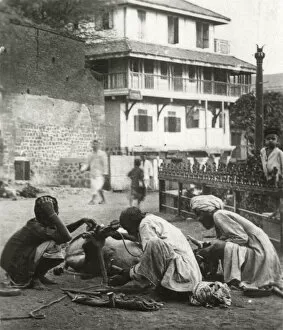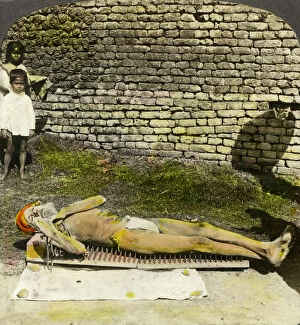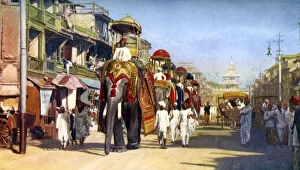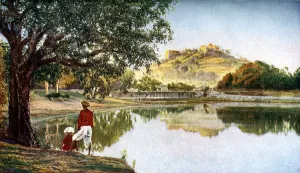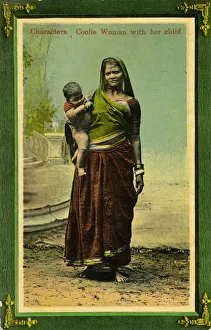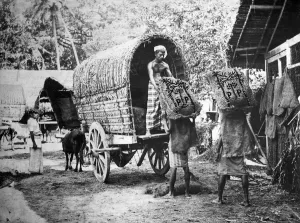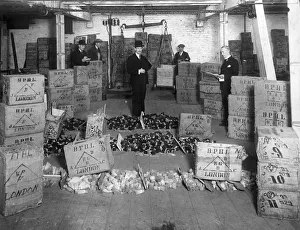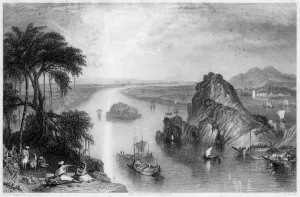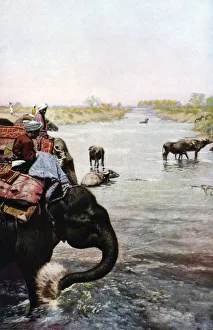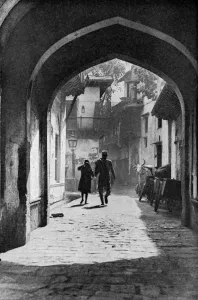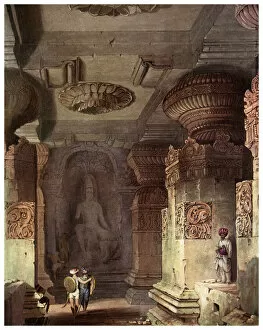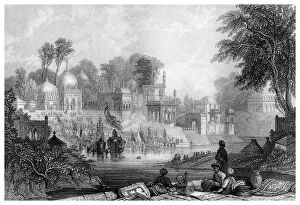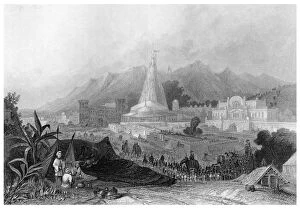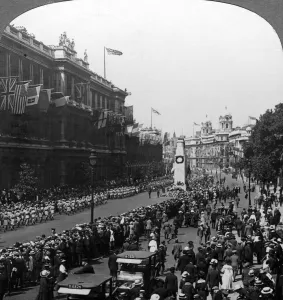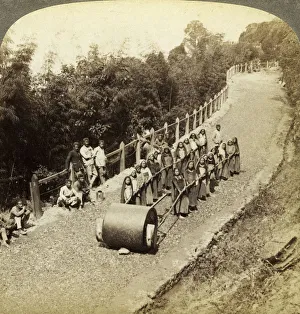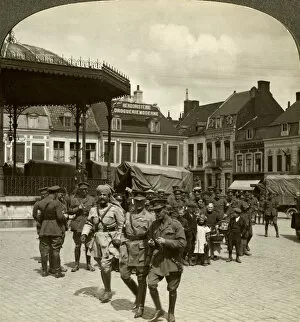Hindoostan Collection (page 71)
"Hindoostan: A Tapestry of Rich Heritage and Cultural Marvels" Step into the enchanting world of Hindoostan
All Professionally Made to Order for Quick Shipping
"Hindoostan: A Tapestry of Rich Heritage and Cultural Marvels" Step into the enchanting world of Hindoostan, where history unfolds through captivating tales and mesmerizing art. From the valiant exploits of The Gordon Highlanders to the vibrant strokes depicting a princess immersed in melodic bliss, this diverse land beckons with its myriad wonders. In 1897, Piper Findlater's heroic feat at Dargai earned him the prestigious Victoria Cross, symbolizing bravery amidst adversity. This remarkable story resonates even today, reminding us of the indomitable spirit that defines Hindoostan. The painting "Lakshmi" transports us to an era shrouded in mystery as we witness a princess entranced by soul-stirring melodies played by female musicians. Created in 1894 by an unknown artist, it captures the essence of grace and elegance that permeated Hindoostani royalty. Travel back further in time to 1835 when William Daniell immortalized Calcutta from Garden House Reach. His brushstrokes vividly depict a bustling cityscape adorned with architectural marvels that stand tall till this day – a testament to Hindoostan's rich past. Delve deeper into mythology with "Hanuman Bearing the Mountaintop with Medicinal Herbs, " an exquisite artwork dating back to around 1800. Its creator remains unknown but their skill is evident as they bring alive Hanuman's legendary strength and devotion on canvas. Johan Zoffany takes us on a journey to Lucknow in 1790 through his masterpiece "Colonel Mordaunt watching a cockfight. " Amidst cheers and excitement, we catch glimpses of colonial India's social fabric intertwined with traditional customs – a fascinating blend unique to Hindoostan. Witness history unfold before your eyes as you gaze upon The Prince of Wales standing alongside Maharajah Gwalior during his Indian tour in 1921.

